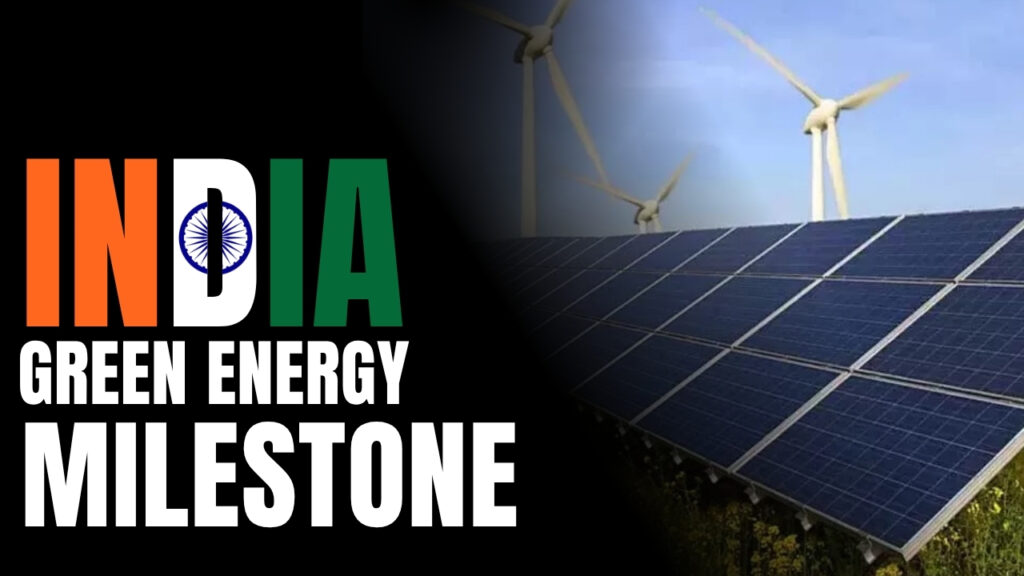DAILY CURRENT AFFAIRS IAS | UPSC Prelims and Mains Exam – 22nd July – 2025
Archives (PRELIMS Focus) Enforcement Directorate (ED) Category: POLITY Context: The Supreme Court of India strongly criticized the Enforcement Directorate (ED) for misusing its powers to pursue political battles The court emphasized that: ED should not be used as a political tool. Officers are “crossing all limits” in their conduct. The SC firmly reminded the ED to uphold constitutional values, not act as a tool for political vendetta, and maintain judicial fairness and professionalism. Learning Corner: Enforcement Directorate (ED) About: The Enforcement Directorate (ED) is a law enforcement and economic intelligence agency under the Ministry of Finance, Government of India. Key Functions: Enforces the following laws: Prevention of Money Laundering Act (PMLA), 2002 Foreign Exchange Management Act (FEMA), 1999 Fugitive Economic Offenders Act, 2018 Main Objectives: Investigate cases of money laundering, foreign exchange violations, and financial fraud. Attach and confiscate properties derived from illegal means. Prosecute offenders in special courts under PMLA. Powers: Conduct search and seizure, arrest, and summon individuals. Attach proceeds of crime. File prosecution complaints (charge sheets) under PMLA. Source: THE INDIAN EXPRESS F-35B Fighter Jet Category: INTERNATIONAL Context: British Royal Navy’s F-35B Fighter Jet Set to Fly Out from Kerala. Background: The F-35B, from the Royal Navy’s aircraft carrier HMS Prince of Wales, had to land in Kerala due to an emergency. The situation has now been resolved and the jet will rejoin its fleet. Key Details: Repairs were carried out by Air India’s MRO facility. A 14-member UK engineering team assisted with the assessment and safety checks. The aircraft was supported logistically by a UK Airbus A400M Atlas, which will take the team back. Learning Corner: F-35B Lightning II Manufacturer: Lockheed Martin (USA) Type: Stealth multirole fighter (Variant of F-35) Operator: U.S. Marines, U.K. Royal Navy, Italy, and others Key Feature: Short Take-Off and Vertical Landing (STOVL) capability – can operate from aircraft carriers without catapults Speed: ~1.6 Mach Avionics: Advanced sensor fusion, helmet-mounted display, AESA radar Stealth: Designed to evade radar detection using stealth shaping and coatings Armament: Air-to-air missiles, air-to-ground bombs, internal gun, and external pylons Fifth-Generation Fighter Aircraft – Key Features These are the most advanced class of fighter jets currently in service globally. Core Features: Stealth Technology: Radar-evading design and materials Advanced Avionics: Integrated sensors, electronic warfare systems, and sensor fusion Supercruise: Ability to cruise at supersonic speeds without afterburners (in some variants) Maneuverability: High agility using thrust-vectoring and fly-by-wire systems Network-Centric Warfare: Real-time data sharing with other platforms and command centers Situational Awareness: Helmet-mounted displays, 360° battlefield view Examples of Fifth-Generation Jets: F-22 Raptor (USA) F-35 Lightning II (A/B/C variants) (USA) Chengdu J-20 (China) Sukhoi Su-57 (Russia) HAL AMCA (India – under development) Source: THE INDIAN EXPRESS Right to vote Category: POLITY Context : The Supreme Court is examining if the right to vote, amid Bihar’s Special Intensive Revision (SIR) of electoral rolls, is a constitutional, statutory, or fundamental right. Legal Provisions: Article 326: Gives every citizen above 18 the right to vote based on adult suffrage. Section 62, Representation of the People Act, 1951: Lays down conditions under which a citizen is allowed or denied the right to vote (e.g., not in prison, being ordinarily resident, etc.). What the Courts Have Said: N.P. Ponnuswami case (1952): Right to vote is a statutory right, subject to limitations by law. Jyoti Basu case (1982): Reaffirmed that voting is not a fundamental or common law right. PUCL case (2003): Called it a ‘constitutional right’, if not fundamental. Kuldip Nayar case (2006): Reaffirmed it as a statutory right. Rajbala case (2015): Upheld the statutory nature of voting right. Anoop Baranwal case (2023): Majority reaffirmed the statutory view. Justice Ajay Rastogi (dissenting opinion): Argued that right to vote is an expression of choice under Article 19(1)(a) — linking it to freedom of speech and expression. Learning Corner: Types of Rights Explained: Natural Rights: Inherent and inalienable (e.g., right to life, liberty). Not always directly enforceable unless recognized in fundamental rights. Constitutional Rights: Guaranteed by the Constitution but not part of Fundamental Rights. Enforceable under Article 226 or 32 (e.g., right to property, right to vote under Article 326). Statutory Rights: Granted by laws made by Parliament or State Legislatures (e.g., MGNREG Act, Forest Rights Act). Can be changed or repealed by ordinary legislation. Source : THE HINDU Vice President Resigns Category: POLITY Context: Vice President Jagdeep Dhankhar resigned on July 21, 2025, citing health reasons. His resignation, effective immediately under Article 67(a) of the Constitution Constitutional Process & Impact Until a new Vice President is elected, Deputy Chairperson Harivansh Narayan Singh will preside over the Rajya Sabha under Article 91. A new Vice President must be elected within 60 days (by September 19, 2025). The election will follow the proportional representation system with a single transferable vote, involving an electoral college of 788 MPs. Learning Corner: Vice President of India Constitutional Position: The Vice President of India is the second-highest constitutional office in the country. Defined under Articles 63 to 71 of the Constitution. Key Functions: Ex officio Chairperson of the Rajya Sabha (Council of States). Acts as President of India in case of vacancy (due to death, resignation, removal, or absence) until a new President is elected (for a maximum of 6 months). Does not perform executive functions unless acting as President. Election Process: Elected by an electoral college consisting of members of both Lok Sabha and Rajya Sabha (including nominated members). Voting method: Proportional representation by means of a single transferable vote and secret ballot. No separate state-level representation (unlike Presidential election). Eligibility Criteria: Must be an Indian citizen, At least 35 years old, Qualified to be a member of the Rajya Sabha, Must not hold any office of profit under the Government. Term and Vacancy: Term: 5 years, but continues until successor takes office. Can resign (under Article 67) by writing to the President. In case of resignation or vacancy, Article 91 allows the Deputy Chairperson of Rajya Sabha to perform duties as presiding officer. Notable Facts: The Vice President is not
DAILY CURRENT AFFAIRS IAS | UPSC Prelims and Mains Exam – 22nd July – 2025 Read More »


